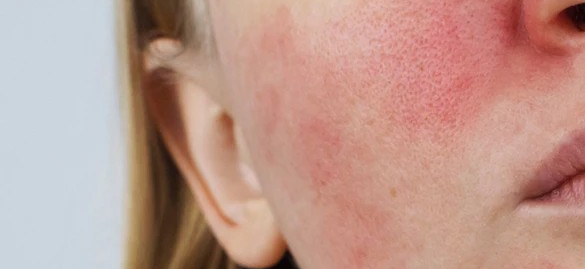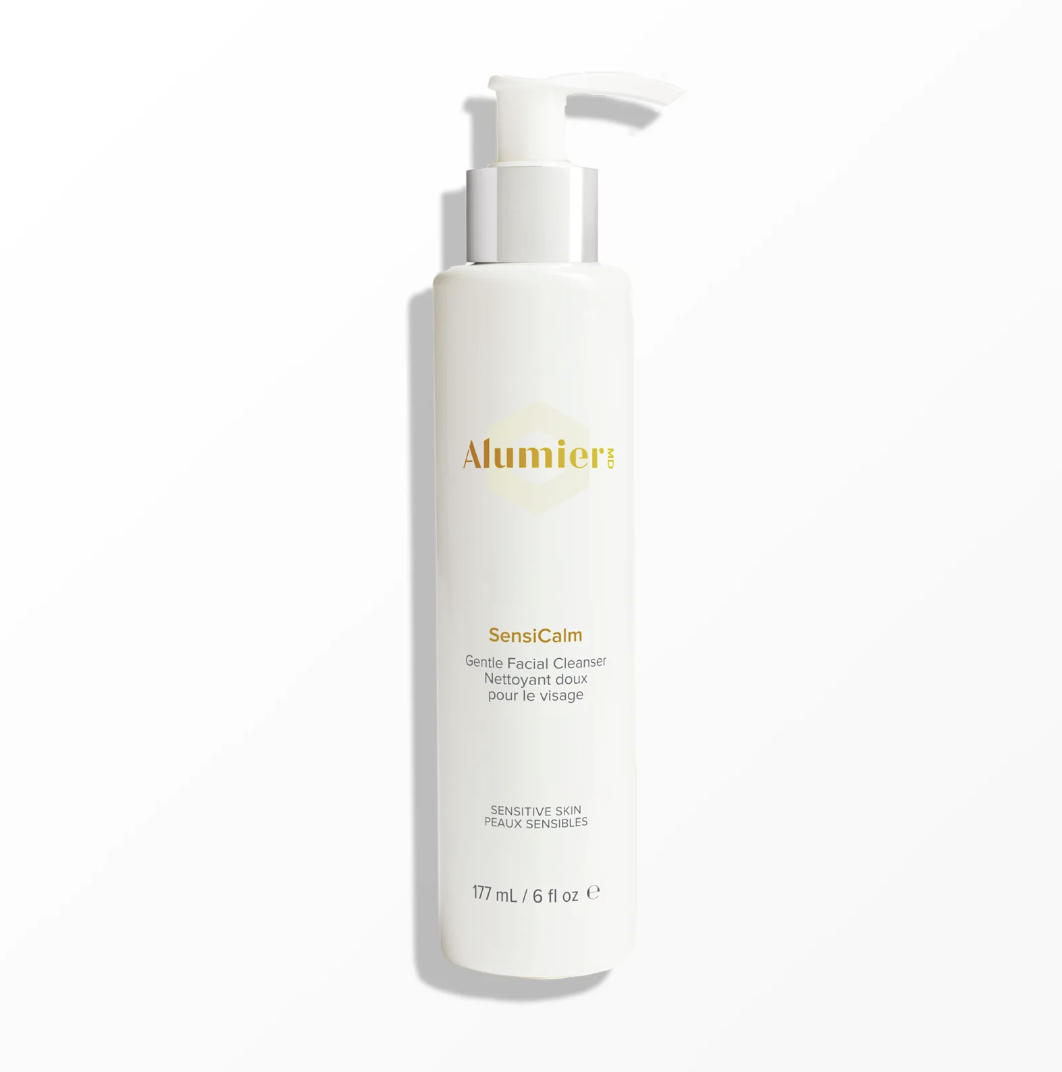
Effective Rosacea Treatments for Clear, Healthy Skin:
Transform Your Skin with Expert Care at Emerald Skin Lab
Rosacea Treatments in Toronto
Rosacea is a chronic skin condition characterized by facial redness, visible blood vessels, and sometimes small, red bumps. It often flares up due to triggers like heat, alcohol, or stress, causing discomfort and cosmetic concerns. Over time, rosacea can worsen, affecting the skin’s appearance and requiring careful management.
What is this?
-

Erythematotelangiectatic
A persistent type of rosacea that causes facial redness and visible blood vessels. Symptoms can come and go unexpectedly.
-

Papulopustular
Also known as acne rosacea, this type causes pimples filled with pus or fluid, swelling, and breakouts.
-

Phymatous
A rarer type of rosacea that causes the skin to thicken and swell, often on the nose. This can make the nose appear bulbous, a condition called rhinophyma.
-

Ocular
This type of rosacea affects the eyes, causing them to feel irritated, bloodshot, or watery. The eyes may also be sensitive to light, and painful bumps called styes can form on the eyelids
Did You Know?
“Rosacea management is achievable with soothing and vascular-strengthening therapies. These methods reduce redness, improve skin clarity, and restore balance for a calm, even complexion.”
What are the Causes?
Overactive Blood Vessels
Blood vessels in the skin dilate excessively, causing persistent redness and flushing, especially in the face.
Skin Sensitivity
Certain skin types are more reactive to environmental and lifestyle factors, leading to inflammation and visible redness.
Triggers
Spicy foods, alcohol, stress, and extreme temperatures can exacerbate rosacea symptoms and increase skin sensitivity.
Genetics
Rosacea often runs in families, making individuals with a family history more susceptible to developing the condition.
Prevention
-
Identify and minimize exposure to common triggers like spicy foods, alcohol, and extreme temperatures.
-
Use products formulated for sensitive skin to prevent irritation and reduce flare-ups.
How to Treat
Vascular lasers
These lasers are specialized lasers used to treat various conditions that involve blood vessels in the skin, including rosacea, spider veins, port-wine stains, birthmarks, and other vascular lesions. These lasers target hemoglobin (the protein in red blood cells) to specifically treat blood vessels, without damaging surrounding tissues. In the context of rosacea, vascular lasers can effectively reduce visible blood vessels (telangiectasia), redness, and flushing.
Products
FAQs
-
The best type of laser for treating rosacea depends on the specific symptoms you're experiencing (e.g., redness, visible blood vessels, or thickened skin), the severity of the condition, and skin type. However, the most effective lasers for erythematotelangiectatic rosacea (ETR), which is characterized by redness and visible blood vessels, are generally vascular lasers. These target the blood vessels under the skin to reduce redness and the appearance of visible capillaries.
-
Most patients experience some redness and swelling for a few days after the procedure, and full healing may take 1-2 weeks.
-
Sun Protection: After laser treatments, your skin may be more sensitive to the sun. It’s crucial to use a broad-spectrum sunscreen (SPF 30 or higher) daily.
Avoiding Rosacea Triggers: To maintain results, continue to avoid triggers like alcohol, hot beverages, spicy foods, and extreme temperatures.
Moisturize: Keep the skin moisturized to help reduce any dryness or irritation after treatment.
-
Currently, there is no permanent cure for rosacea, as it is a chronic condition that tends to flare up and subside over time. However, there are several ways to manage and control rosacea symptoms effectively, significantly improving the appearance of the skin and reducing flare-ups. Treatment can help keep rosacea under control for long periods, sometimes even indefinitely if managed well.
Rosacea Treatment Near Me in North York & Toronto
At Emerald Skin Lab, we offer advanced rosacea treatment near me in North York & Toronto, providing non-invasive solutions to reduce redness, inflammation, and rosacea flare-ups. Our expert team specializes in laser treatment for rosacea, IPL for rosacea, LED light therapy, microneedling, and medical-grade skincare, helping clients achieve calmer, healthier skin. Whether you're searching for the best rosacea treatment near me, a rosacea specialist in Toronto, or a trusted rosacea clinic, we tailor treatments to your skin's needs. We also provide skincare for sensitive skin and rosacea, helping to strengthen the skin barrier and minimize facial redness. If you're wondering how to reduce redness on the face, treat rosacea naturally, or find the best skincare for rosacea, we have effective solutions. We serve clients across Toronto, Mississauga, Thornhill, North York, Scarborough, Brampton, Etobicoke, Markham, Richmond Hill, Woodbridge, Vaughan, Newmarket, and other GTA areas. If you’re looking for rosacea treatment near me Book your consultation today and take the first step toward clear, balanced skin!





